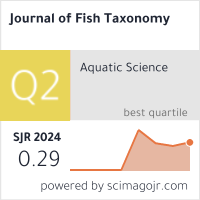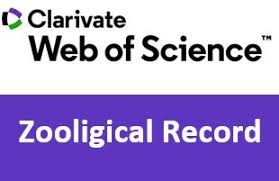A Comprehensive Assessment of the Daya River: Pollution Dynamics and the Post-Pandemic Trajectory (2000-2025)
Abstract
The Daya River, a historically significant and ecologically vital waterway in Odisha, India, is in a state of severe and persistent environmental degradation. This expert-level report provides a detailed analysis of the river's water quality and pollution dynamics from 2000 to 2025, with a particular focus on the unique changes observed before, during, and after the COVID-19 pandemic. This research provides a comprehensive assessment of the Daya River's pollution from 2000-2025, revealing a complex model of systemic degradation. The river's water quality showed no significant improvement during the COVID-19 lockdown, a paradoxical finding attributed to the continuous operation of major industrial polluters This chronic pollution represents a clear case of environmental injustice, with urban waste disproportionately affecting the health of vulnerable downstream communities .The persistent degradation stems from a Regulatory Laxity Trap where legal standards are insufficient for ecological health, and a profound Bureaucratic Implementation Failure marked by stalled sewage treatment plant projects . A Super-Pollutant Nexus of heavy metals and antimicrobial resistance further complicates public health risks Ultimately, the Daya River's decline acts as a chronic counterforce, eroding the hard-won conservation gains of the ecologically vital Chilika Lake necessitating urgent and integrated management.. The long-term health of the Daya River and the ecologically sensitive Chilika Lake, into which it flows, is now at a critical juncture, requiring immediate and comprehensive intervention.








